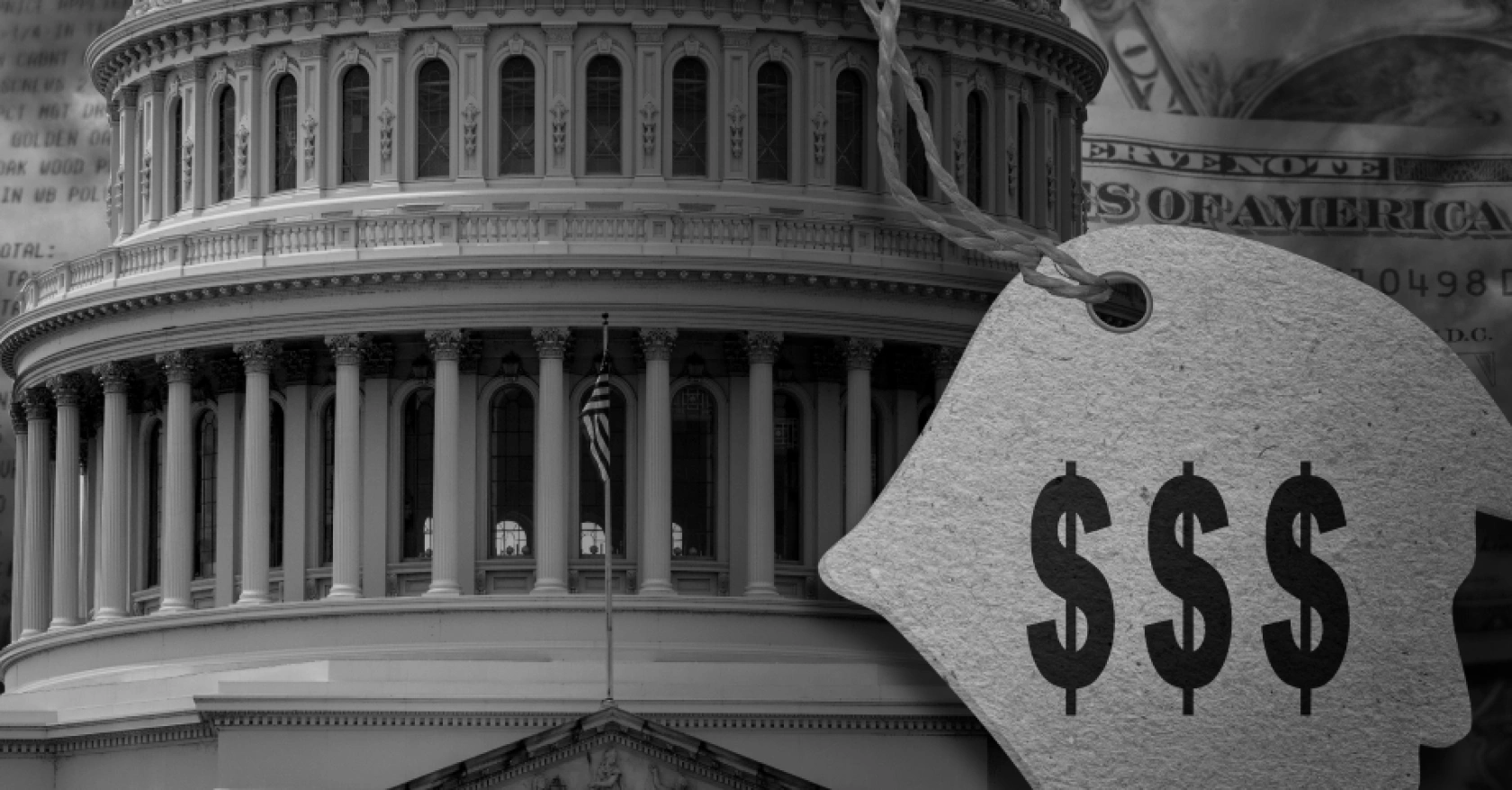In a presentation from the White House Rose Garden earlier today, President Trump announced widespread 'reciprocal' tariffs, ranging from a 54% rate for Chinese exports to the US, to 46% for Vietnam and 24% for Japan. For Australia and New Zealand, we will have baseline tariffs of 10% imposed on our exports (though Australian steel and aluminium have already received 25% tariffs). US tariffs are effectively being taken back to a level last seen in the 1860s.

The US Administration has assessed countries that they believe to receive an unfair advantage from tariffs on US goods, subsidies, currency manipulation, domestic economy preferences or restrictions on entry of certain goods (e.g. Australia has biodiversity laws to protect against inbound agricultural diseases). They have determined that China is effectively imposing a 67% tariff on US exports, hence the justification for 54% tariffs back onto Chinese exports.
Australia's 10% GST is assessed as a tariff, notwithstanding that it is also applied on all domestic goods and services as well as imports from other countries. Conveniently forgotten is that US States impose an average sales tax of 5%, which can be as large as 9.5%. Reciprocal is clearly interpreted and viewed in the eyes of the beholder.
Retaliation - other countries and the EU are yet to announce whether they will retaliate. Australia has indicated it won't. Invariably, there will be direct responses. This can further exacerbate the adverse effects on world growth. In time, there will likely be a more serious reallocation of capital and consumption away from US goods and services. The overall result is a 'significant drag'' on economic growth across the board.
United States - this is a major jolt for the US supply chain and US consumer; neither are positive. The key risk is that inflationary expectations begin to reignite against a backdrop of sluggish economic growth - a nightmare scenario for the Federal Reserve.
Australian Economic Growth - the direct macro impact for Australia is modest as we run a trade deficit with the US and exports to the US represent just 0.7% of Australian GDP (though certain sectors are more susceptible like agriculture, pharmaceuticals and technical manufacturing). Australia does have a Free Trade Agreement (FTA) with the United States. That was yesterday. Today we have tariffs. The major impact for Australia is through the flow-on effect to our major trading partners (China, India and Japan). Tariffs will adversely impact demand for Australia's bulk commodity exports (88% of Australia's exports go to our Asian trading partners), but on the flip-side, we are likely see renewed goods disinflation as goods (and probably services) are diverted away from the US.
Australian Interest Rates & Currency - a subdued world growth environment typically sees the AUD currency depreciate against the USD. This may see the AUD move below USD 0.60. Currency depreciation is one of Australia's economic stabilisers. From an interest rate perspective, this is likely to put further weight on the RBA to continue to loosen monetary policy, with a further reduction in the cash rate now likely in May.
Sourced from: